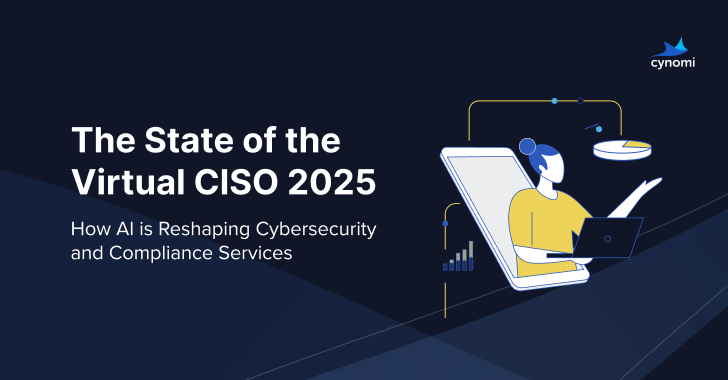
How Vulnerability Assessments Can Help Keep Your Company Secure
Every company, whether large or small, has assets worth protecting. These assets can range from proprietary software and intellectual property to databases full of client information. As cyber threats continue to evolve in sophistication and frequency, businesses can’t afford to rest on their laurels. One proactive measure in ensuring your business’s cyber safety is a vulnerability assessment. But what is it, and why is it paramount for modern businesses?
Demystifying Vulnerability Assessments
At its core, a vulnerability assessment is a systematic review of security weaknesses within an organization. This involves identifying, quantifying, and prioritizing these vulnerabilities in various systems. The process isn’t just about finding software bugs; it’s about understanding potential points of entry, from outdated software patches to misconfigured servers or even lax employee security practices.
The Three Key Components
- Identification: This involves tools and techniques to discover vulnerabilities in systems, networks, and applications. Automated scanners, manual techniques, and even ethical hackers might be employed to cast a wide net across all potential entry points.
- Quantification: Once vulnerabilities are identified, they are ranked based on their potential impact and the risk they pose. Factors that might affect this quantification include the potential damage if exploited, how easy it is to exploit, and the criticality of the system where the vulnerability exists.
- Prioritization: Not all vulnerabilities are created equal. Some might pose a negligible threat, while others could result in significant data breaches or system outages. By prioritizing them, businesses can focus their resources on addressing the most critical vulnerabilities first.
The Real-world Impact
So, why does this matter? Here’s a snapshot of real-world implications:
Risk Reduction: By continuously identifying and addressing vulnerabilities, companies reduce their overall risk profile. This makes them a less attractive target for cybercriminals.
Compliance and Regulation: Many industries have stringent regulations concerning data protection. Regular vulnerability assessments can ensure that a company remains compliant, avoiding potential fines and legal repercussions.
Financial Savings: The cost of addressing a vulnerability can be significantly lower than the financial repercussions of a data breach. According to recent studies, the average cost of a data breach can run into millions of dollars, not to mention the long-term brand damage and loss of customer trust.
Improved Security Posture: With each assessment, businesses can better understand their security landscape. Over time, this continuous improvement translates into a more robust security posture, making it harder for potential attackers to find a way in.
Best Practices for Effective Vulnerability Assessments
- Regular Reviews: Cyber threats aren’t static. New vulnerabilities emerge as technology evolves. Therefore, regular assessments—at least annually, if not more frequently—are crucial.
- Broad Scope: Don’t just focus on the most obvious systems. Cybercriminals will often target less critical systems as a stepping stone to access more vital resources. Ensure your assessment covers everything from servers and databases to employee devices and third-party integrations.
- Stakeholder Involvement: While IT departments typically handle vulnerability assessments, it’s essential for stakeholders from across the organization to be involved. This includes management, legal, and even PR teams, ensuring a comprehensive understanding and approach to potential risks.
- Act on Findings: An assessment is only as good as the actions taken based on its findings. Ensure that there is a clear plan to address vulnerabilities, with timelines and responsibilities clearly delineated.
- Stay Updated: Invest in training and education for your IT team. By staying updated with the latest threats and mitigation strategies, they’ll be better equipped to protect your company’s assets.
Conclusion
In an interconnected world, the question is not if a cyber attack will happen, but when. By understanding the vulnerabilities within their systems and taking proactive measures to address them, businesses can position themselves to withstand these inevitable challenges. A vulnerability assessment is not just a one-off task but a cornerstone of a comprehensive cybersecurity strategy. By making it a regular part of your company’s protocol, you not only protect valuable assets but also solidify trust with your clients and stakeholders. After all, in a world where data is the new gold, safeguarding it is not just good business—it’s essential.
Contact Cyber Defense Advisors to learn more about our Vulnerability Assessment solutions.





